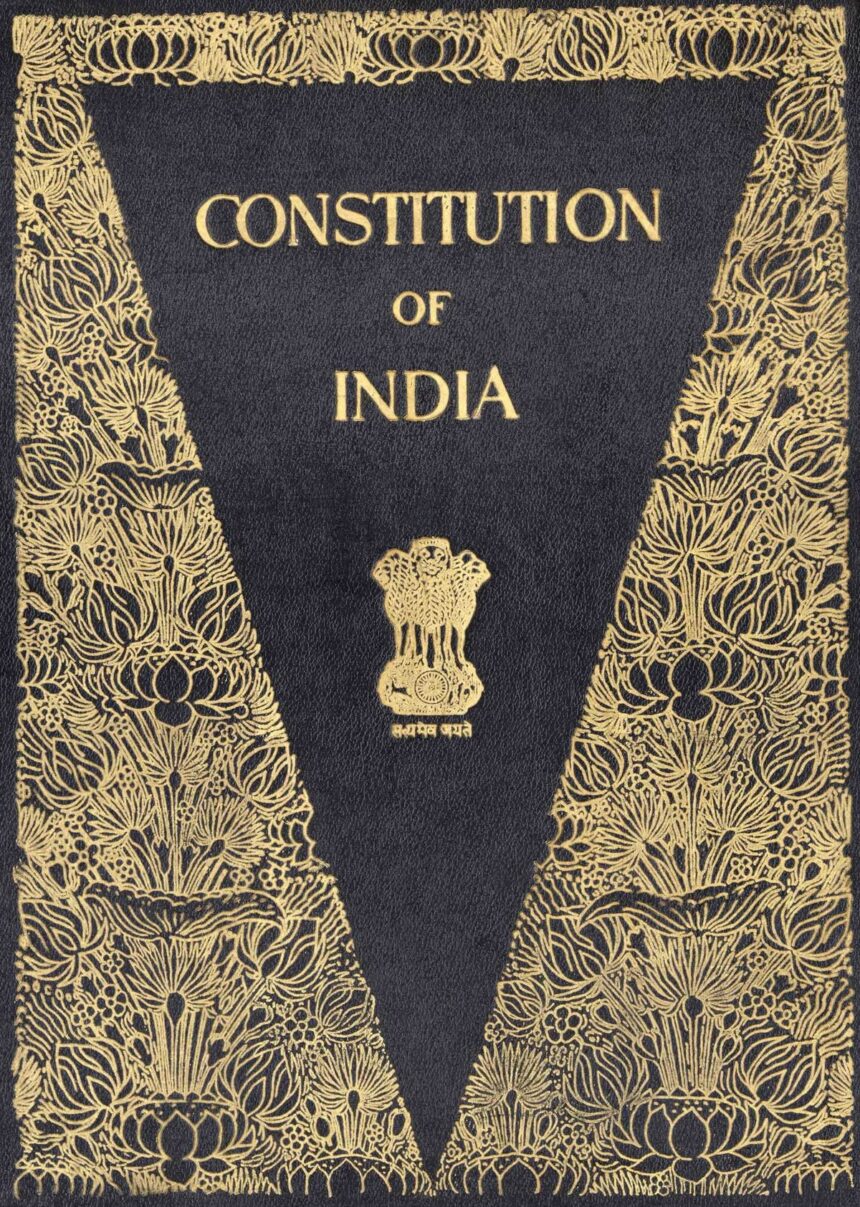Introduction
The Constitution of India is the supreme law of the land. It lays down the framework that defines the political principles, establishes the structure, procedures, powers, and duties of government institutions, and sets out fundamental rights, directive principles, and duties of citizens.
India adopted its Constitution on 26th January 1950, which is celebrated every year as Republic Day. The Constitution is often called a living document because it can be amended to meet the changing needs of society.
History and Making of the i
Background:
Before independence, India was governed by the Government of India Act, 1935 under British rule.
After independence in 1947, India needed a constitution suitable for a sovereign, democratic nation.
Constituent Assembly:
Formed in 1946, the Constituent Assembly was responsible for drafting the Constitution.
Dr. B.R. Ambedkar served as the Chairman of the Drafting Committee.
Adoption and Commencement:
The Constitution was adopted on 26th November 1949.
It came into effect on 26th January 1950, chosen to honor the Purna Swaraj Declaration of 1930.
Preamble of the Constitution
The Preamble serves as the introduction and highlights the fundamental values of the nation. It declares India as:
Sovereign – Independent in its decision-making.
Socialist – Commitment to social and economic equality.
Secular – No official religion; all religions treated equally.
Democratic – Power rests with the people.
Republic – Head of State is elected, not hereditary.
It also ensures Justice, Liberty, Equality, and Fraternity for all citizens.
Key Features of the Constitution
Lengthiest Constitution:
India has the longest written constitution in the world with 448 articles and 12 schedules.
Federal System with Unitary Bias:
Powers are divided between Central and State Governments, but in emergencies, the center can assume more powers.
Fundamental Rights:
Rights guaranteed to all citizens, including Right to Equality, Freedom, Education, Religion, and Constitutional Remedies.
Directive Principles of State Policy:
Guidelines for the government to achieve social and economic justice.
Fundamental Duties:
Citizens are expected to respect the Constitution, promote harmony, protect the environment, and uphold the nation’s integrity.
Independent Judiciary:
Protects the Constitution and ensures laws are in line with it.
Parliamentary System:
India follows a bicameral legislature – Lok Sabha (House of the People) and Rajya Sabha (Council of States).
Secularism:
All religions are treated equally, and the government does not favor any religion.
Flexibility and Rigidity:
Can be amended to meet societal needs (Flexible) but certain provisions, like fundamental rights, are rigid.
Importance of the Constitution
Rule of Law: Ensures that all citizens, including the government, are subject to law.
Unity and Integrity: Maintains national unity in a diverse country.
Democracy: Provides the framework for free and fair elections.
Protection of Rights: Safeguards citizens’ freedoms and prevents discrimination.
Social Justice: Promotes equality and upliftment of marginalized communities.
Amendments
The Constitution has been amended over 100 times to address social, political, and economic changes.
Notable amendments include:
42nd Amendment (1976) – Strengthened the power of the Parliament.
44th Amendment (1978) – Restored civil liberties after the Emergency.
101st Amendment (2016) – Introduced Goods and Services Tax (GST).
Conclusion
The Constitution of India is more than just a legal document; it is the foundation of democracy, equality, and justice in the country. It ensures that India remains a sovereign, secular, and democratic republic, protecting citizens’ rights while guiding the nation toward progress.








